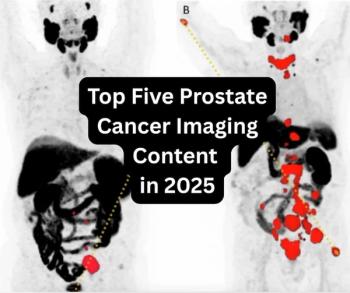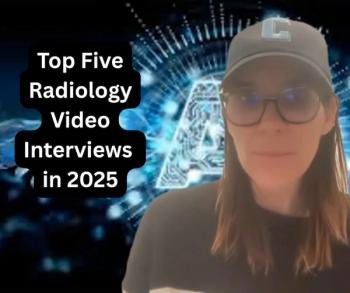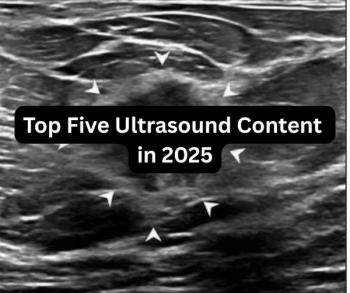
Teleradiology and Breast Imaging: Keys to Facilitating Personalized Service, Efficiency and Equity
In a recent interview, Arlene Sussman, M.D., discussed her experience in leading vRad’s teleradiology breast imaging service, how to foster personalized care in breast cancer screening, utilizing AI to help mitigate daunting worklists and improving access to subspecialty care.
While vRad’s teleradiology breast imaging service provides remote interpretation of nearly 250,000 screening and diagnostic exams annually, Arlene Sussman, M.D., says the organization emphasizes a personalized “boutique service.”
In a recent interview, Dr. Sussman said live video streaming with very large cameras connects participating radiology providers with vRad’s remote subspecialist breast radiologists, facilitating real-time communication with technologists, referrers, and their patients. Dr. Sussman added that vRad’s 11 subspecialist breast radiologists are assigned consistent coverage of certain participating sites, enabling another level of personalized care.
“For example, I cover certain sites Mondays from eight to four. (On that day), the cases come to me. I’m the only one. They get to know me. I get to know their referrers, their patients, and the technologists. I become part of their team that day and it doesn’t vary,” emphasized Dr. Sussman, the medical director and clinical chief of women’s imaging at vRad (Virtual Radiologic).
Noting that there may be upward of 1,500 cases on a worklist at any given point in time, Dr. Sussman is a strong advocate of artificial intelligence (AI) for facilitating timely triage as well as quality metrics in mammography interpretation. She is also enthusiastic about the potential of AI incorporating prior exam findings.
“ … They say diamonds are a girl's best friend. Well, they're right, but so are prior films for comparison. If you had something that has been there for four years and it's stable by definition, it is benign, and AI doesn't know that, because it only looks at the current study. But if you had AI for the prior and then AI for the current (study), imagine how powerful that could be,” posited Dr. Sussman.
Dr. Sussman added that another powerful benefit of teleradiology is reducing disparities in access to breast imaging, a key driver for vRad’s breast imaging service since its inception.
“Our first goal was to reach patients who had limited or no access to subspecialists, and there was no reason why they should be shortchanged. That's where we started, very humbly going out to small rural practices that didn't have subspecialists, and we manned them remotely, and then we never looked back,” noted Dr. Sussman.
(Editor’s note: For related content, see “
For more insights from Dr. Sussman, watch the video below.
Newsletter
Stay at the forefront of radiology with the Diagnostic Imaging newsletter, delivering the latest news, clinical insights, and imaging advancements for today’s radiologists.




























